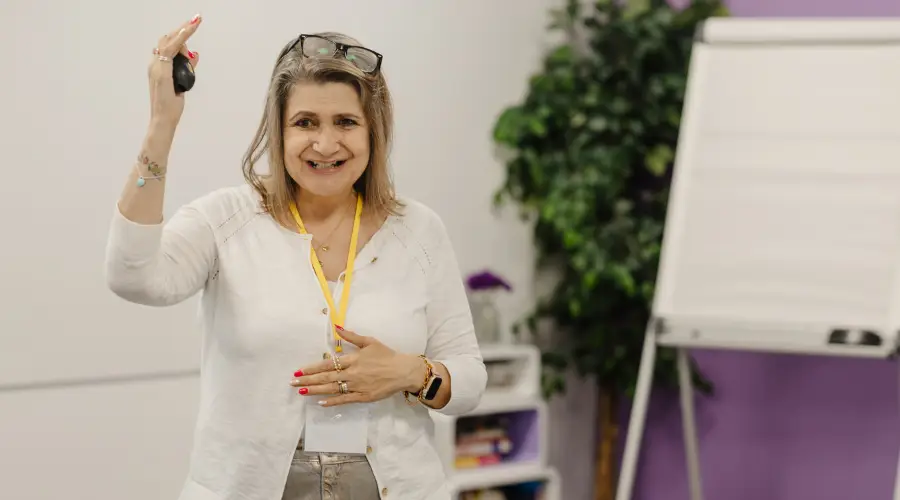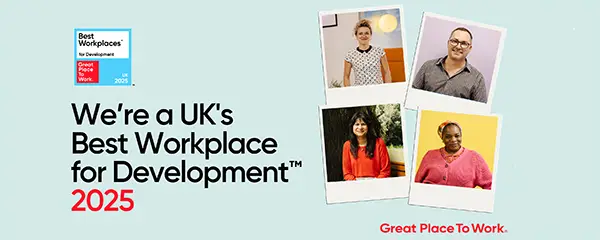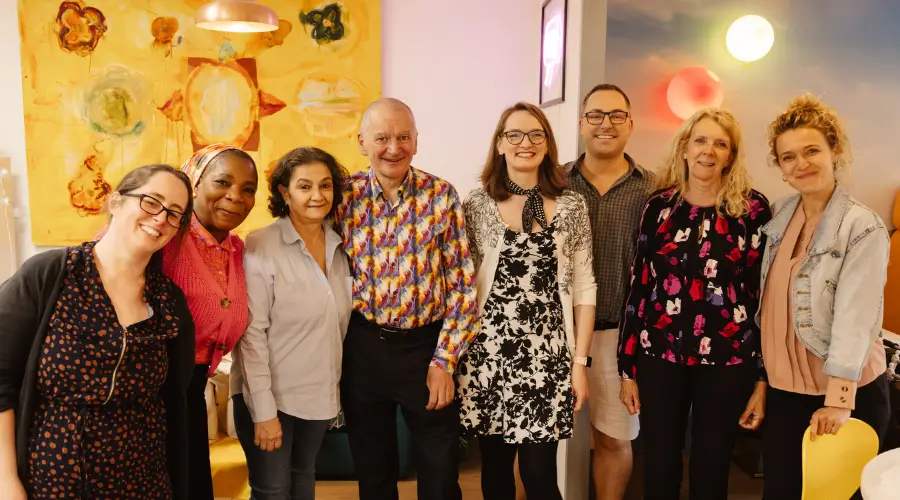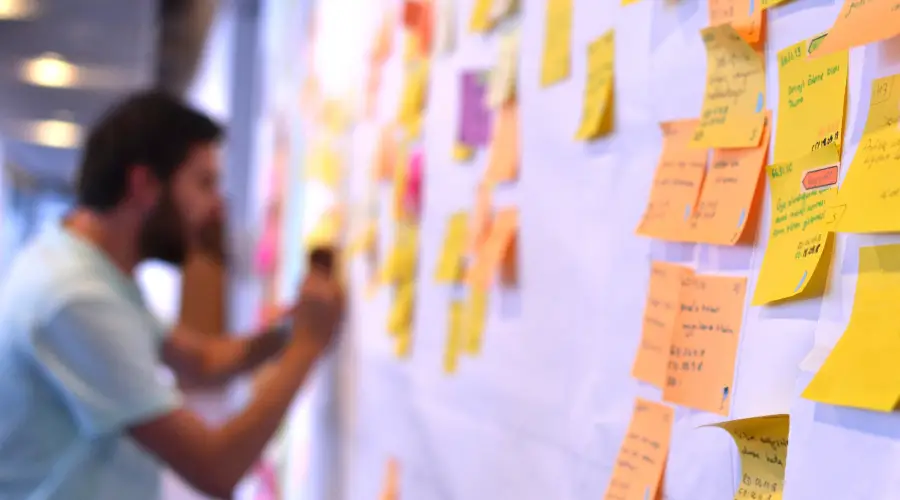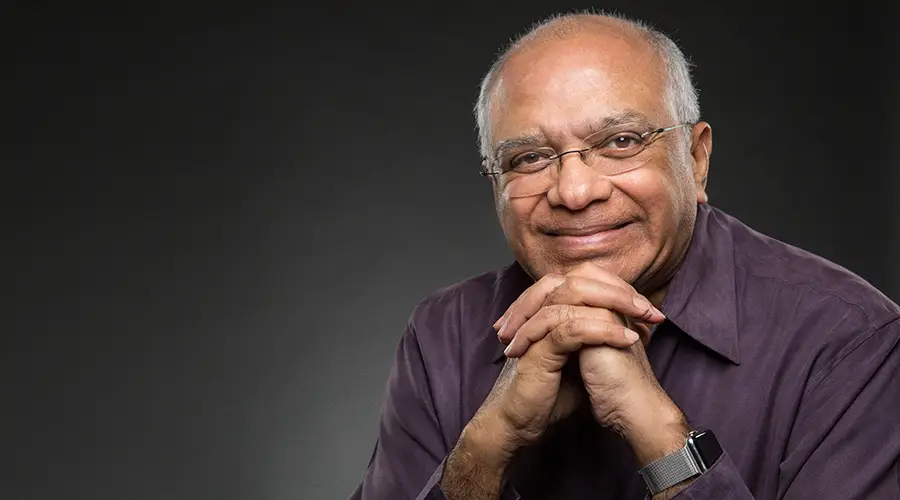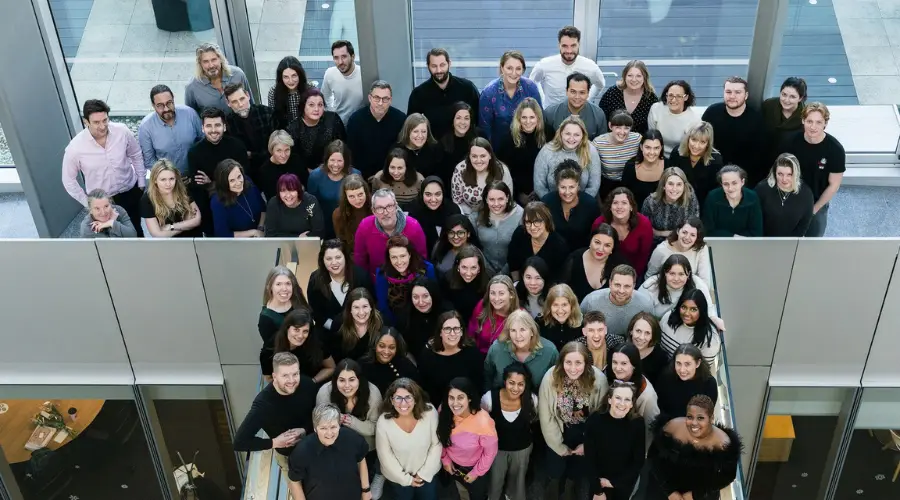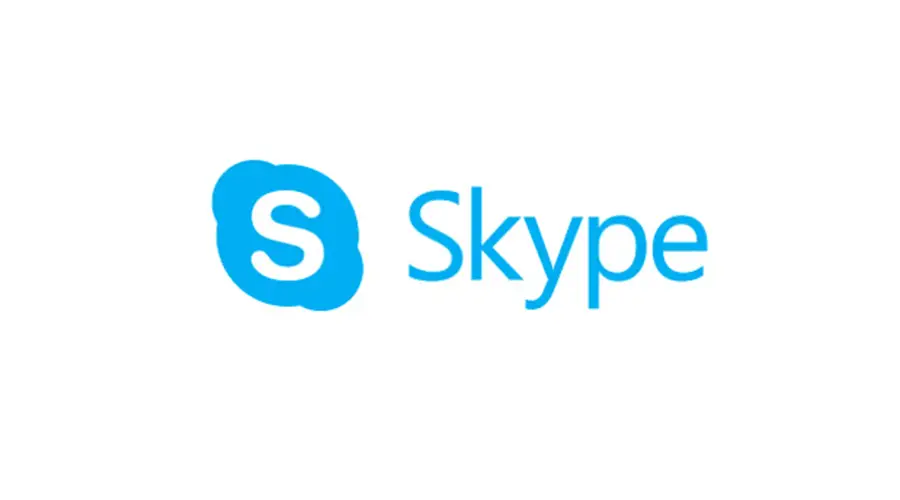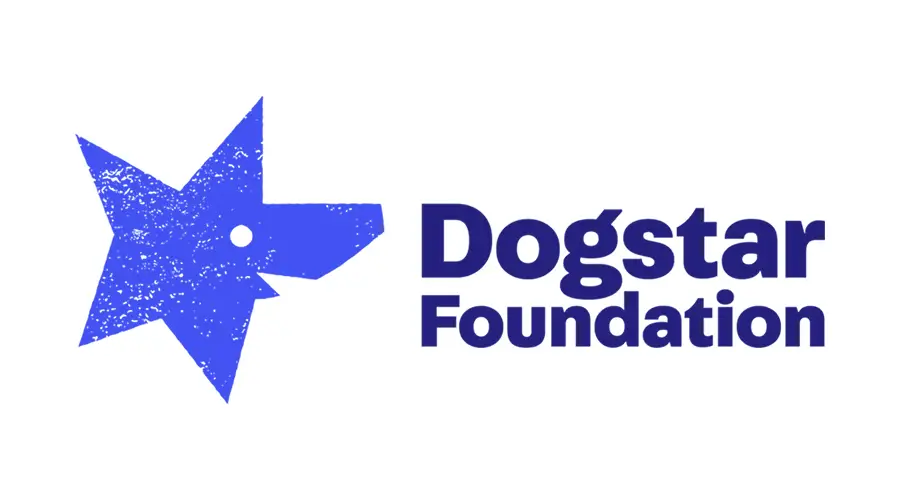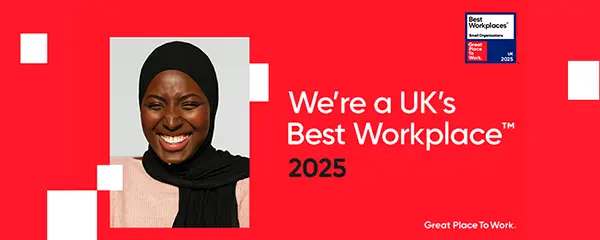We are not alone in getting rid of appraisals. A whole range of organisations have decided to abolish annual appraisals, from Dell and Microsoft to Hackney Council. As Elaine Pulakos, CEO of PDRI, puts it in this BBC article, appraisals “end up being extremely costly and have no impact on productivity”. Research from Gallup found that performance appraisals actually made performance worse in a third of cases!
We replaced appraisals with a four-monthly happy@happy snapshot. The form we use is above, inspired by something we saw at the fabulous food company Cook. Here’s what it includes:
Radical Disruption
We used to have targets, set by the individual. We even tried OKRs. I know many people swear by them but they didn’t work here at Happy. One issue with targets is that some of our people, such as our facilitators, might have the same targets (feedback scores, income generated) for years.
Then at one of our regular Happy Days, somebody came up with the idea of choosing just one thing, one thing that you will do completely differently in the next period. It could be a new product. It could be learning something challenging.
For one of my colleagues it was to get out of a cycle of being endlessly busy and hectic. Focusing on it for four months she managed to move to a way of working that was less busy, more relaxed and more productive.
Strengths
People are happier and more productive if you are playing to your strengths. So we use Clifton Strengths (was the StrengthsFinder) to discover each person’s five key strengths, as well as working with them on what motivates them and what makes them “feel magnificent”.
We want people to do what they are good at, for their sake and for Happy’s. So we explore which strengths they have used and which they will use going ahead. On our admin team they regularly get together, take all the jobs, put them all on post-its and work out which best play to what each person is good at. (Cathy spoke about how everyone at Happy works to their strengths at the 2019 Happy Workplaces Conference — watch our short clip What Would Your Team Be Like if Everyone Was Working to Their Strengths? to learn more.)
Responsibilities
At Happy people aren’t generally given responsibilities or promotions. Instead we encourage people to seek opportunities, to decide what responsibility they are able to take on.
One example was two of our front-line staff who decided our prices needed updating. As is the Happy way, they consulted with colleagues and clients and checked the market. And then they took responsibility and made the decision, without needing upward approval, on what to change to.
Values
We don’t want our core values to be just a laminated poster stuck on the wall. So the snapshot is a good opportunity to explore where we have “believed the best”, “helped people feel good about themselves”, “celebrated mistakes”, “delighted the customer” or “made the world a better place”.
One example of customer delight is a colleague who had overheard a client saying how much they liked the chairs in our café. When she heard, months later, that we were changing the café around and getting rid of those chairs, she got in contact with him and taxied them over for free. “He was so pleased.”
Unity/Inclusiveness
It is not enough at Happy to be good at your core job. Our values are clear and we expect everybody to be positive and supportive of others and – even in a difficult conversation – to leave them feeling good about themselves.
So a crucial element of the form is to ask what they have done to achieve more unity and inclusiveness. That can be anything from little things like taking lunch with different colleagues or checking in with people in other departments..
Joy at Work
Our aim is that everybody at Happy finds joy in their work at least 80% of the time. We ask our people to measure it for themselves and to think about what would bring them joy.
And it leads to a very different conversation to ask “what would give you more joy?”, instead of “how can we improve your performance?”.
For one of my colleagues its actually about her relationship with her manager (or our equivalent, termed M&M – multiplier and mentor). “She encourages me to put less pressure on myself, to be kinder to myself. That brings me joy.”
In conclusion
This works well for us. What would be your equivalents for a regular check in? And, if you still have annual performance appraisals, is it time to do away with them? Do they really serve a purpose?




